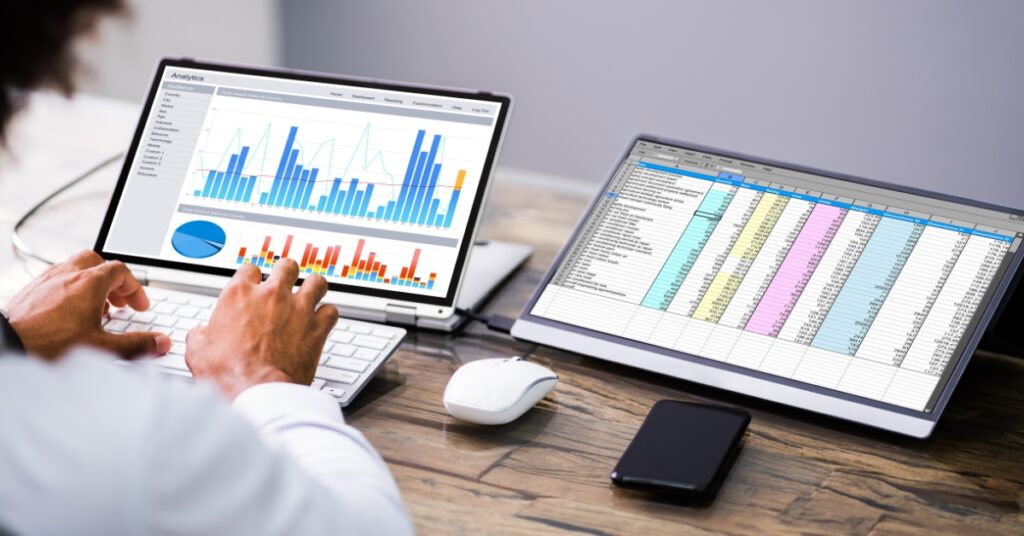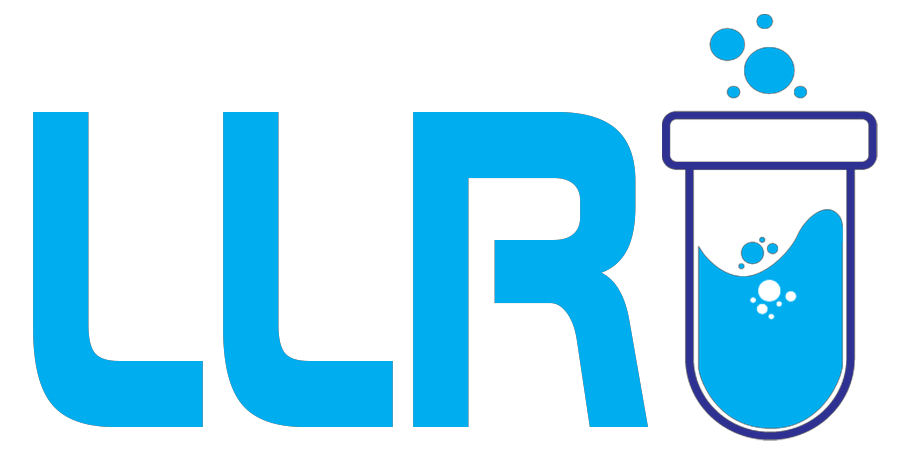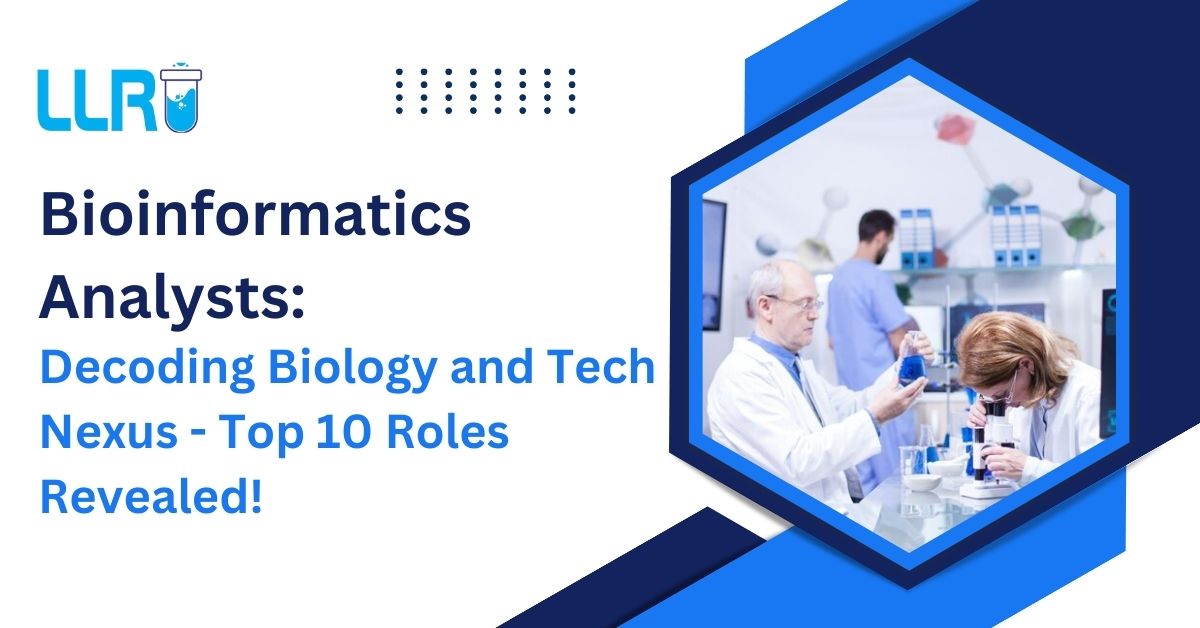Imagine a dynamic realm where the enigmas of life are unraveled by a fusion of biology and technology. In this synergy, a new wave of innovators is taking center stage – the bioinformatics analysts. These cool professionals seamlessly blend biological expertise with cutting-edge tech, unlocking secrets within our genetic code and propelling advancements at the crossroads of biology and technology.
We’re in a world where data is the king! With the power of information, bioinformatics analysts can dig out the secrets hidden within the biological data. If you’re contemplating a career that combines both biology and information technology or if you’re searching for an online bioinformatics course, then bioinformatics analysis might just be the exciting path you’ve been searching for.
What Exactly Does A Bioinformatics Analyst Do?
- Data Collection and Processing
Data Sources
Gather data from various biological sources, including DNA, RNA, protein sequences, and other omics data (genomics, transcriptomics, proteomics, etc.).
Quality Control
Implement quality control measures to ensure the accuracy and reliability of collected data.
Data Formatting
Convert raw biological data into standardized formats compatible with analysis tools and databases.
2. Algorithm Development
Tool Selection
Choose or develop appropriate bioinformatics tools and software for specific analyses.
Custom Algorithms
Create bespoke algorithms for unique research questions or challenges.
Optimization
Fine-tune algorithms for efficiency and scalability, especially when dealing with large-scale datasets.
3. Database Management
Database Design
Design and develop databases tailored to store biological data efficiently.
Data Integration
Integrate diverse datasets to allow for comprehensive analyses.
Data Security
Implement measures to ensure the security and confidentiality of sensitive biological information.
4. Collaboration
Interdisciplinary Collaboration
Work closely with biologists, geneticists, clinicians, and other experts to understand the biological context of the data and align analyses with research objectives.
Communication Skills
Effectively communicate complex bioinformatics concepts and results to non-computational stakeholders.
Project Management
Coordinate with team members to ensure the timely delivery of bioinformatics solutions that meet research goals.
5. Continuous Learning
Literature Review
Stay updated on the latest publications and advancements in bioinformatics, genomics, and related fields.
Training and Workshops
Attend workshops, conferences, and training sessions to acquire new skills and knowledge.
Adaptability
Embrace new technologies and methodologies to stay ahead in a rapidly evolving field.
6. Statistical Analysis
Statistical Methods
Apply statistical techniques to analyze biological data and assess the significance of findings.
Hypothesis Testing
Formulate and test hypotheses to draw meaningful conclusions from experimental or observational data.
Visualization
Create visual representations of data to facilitate interpretation and presentation.
7. Software Development
Programming Skills
Proficiency in programming languages such as Python, R, or others commonly used in bioinformatics.
Tool Integration
Integrate different bioinformatics tools into cohesive pipelines for streamlined analyses.
User Interface
Develop user-friendly interfaces for biologists and researchers to interact with bioinformatics tools.
8. Ethical Considerations
Data Privacy
Adhere to ethical standards and privacy regulations when handling and sharing sensitive biological data.
Publication Ethics
Ensure that analyses and results adhere to ethical standards for scientific publication.
Informed Consent
Understand and incorporate considerations related to informed consent when dealing with human genomic data.
9. Problem-Solving
Troubleshooting
Diagnose and address issues related to data quality, analysis pipelines, or software tools.
Iterative Improvement
Continuously refine methods and approaches based on feedback and evolving project requirements.
10. Validation and Reproducibility
Validation Protocols
Develop and implement protocols to validate the accuracy and reproducibility of bioinformatics analyses.
Documentation
Maintain detailed documentation of analysis pipelines and methodologies for transparency and reproducibility.
These are the diverse skill sets and responsibilities of a bioinformatics analyst.
To thrive in this dynamic field, as a bioinformatics analyst you must hone certain skills which are given below –

Bioinformatics Analyst Skills
- Analytical Skills
You need a razor-sharp analytical mind that can dissect complex biological data sets. How strong is your analytical thinking?
2. Programming Proficiency
If you’re fluent in programming languages such as Python, R, and Perl, you’ll be the rockstar of your team!
3. Biological Understanding
Well, that is non-negotiable! As a bioinformatics analyst, you’re responsible for bridging the gap between biological questions and computational solutions. How can you do that without an in-depth knowledge of biology?
4. Detail-oriented
Are you the one to dot the i’s and cross the t’s? If yes, you’re perfect for the role of a bioinformatics analyst. Because you’ve to pay meticulous attention to every nuance in the data.
5. Problem-Solving Skills
Do you see challenges as opportunities? Are you keen on solving biological puzzles through innovative computational approaches? If not, then you’ll go down like a lead balloon!
Bioinformatics Analyst Job Avenues:
1. Genomic Data Analyst
In this role you’ll find out the secrets of the genome, studying DNA sequences to understand genetic variations and their implications.
2. Pharmaceutical Research Analyst
This job is all about contributing to drug discovery and development. You’ve to analyze biological data relevant to potential therapeutic targets.
3. Clinical Bioinformatics Analyst
Assist in the interpretation of clinical data, helping healthcare professionals in making informed decisions about patient care.
4. Bioinformatics Consultant
Offer your expertise to various industries, and provide customized solutions to address specific biological data challenges.
Conclusion
Bioinformatics analysis isn’t just a job! It’s an adventure into unknown realms where biology and data come together. The diverse skill set and responsibilities of a bioinformatics analyst, emphasize the integration of computational and biological expertise in solving complex research questions.
If the idea of unlocking the secrets of life’s intricate code excites you, consider a bioinformatics course—it could be the gateway to a world of endless possibilities.
So, are you ready to enroll in a bioinformatics certificate course today?

